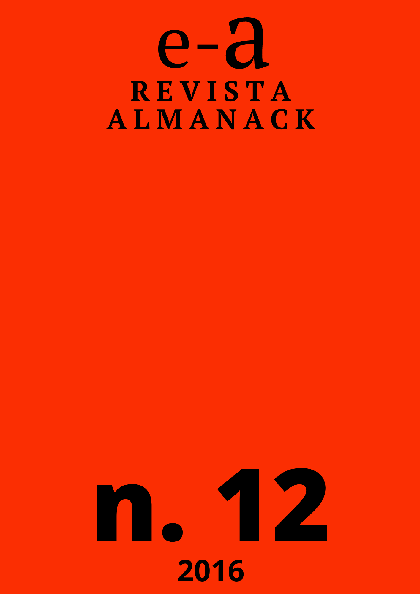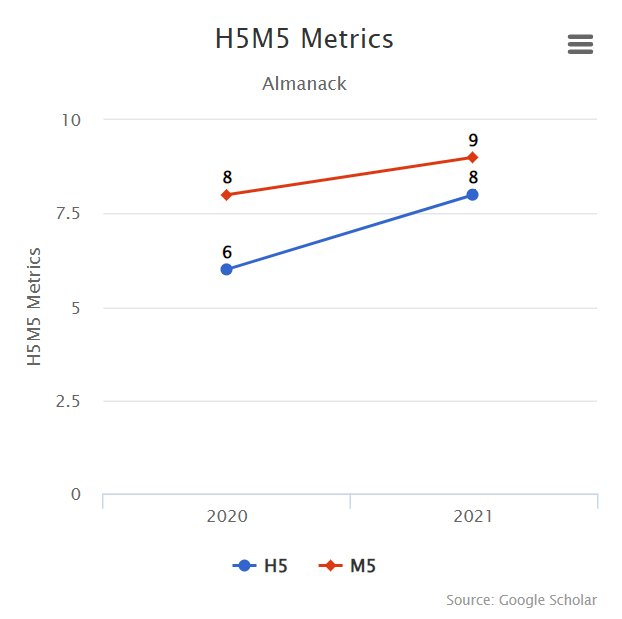Ardras, minas e jejes, ou escravos de “primeira reputação”
políticas africanas, tráfico negreiro e identidade étnica na Bahia do século XVIII
DOI:
https://doi.org/10.1590/2236-463320161202Keywords:
Slave Trade, African Nations, Gbè SpeakersAbstract
In 1715, a French observer commented that Salvador appeared to be a
“New Guinea”, due to the diversity of slave origins. However, in spite of
this diversity, Salvador had a high concentration of enslaved Africans who
shared similar origins. These slaves came primarily from the Bight of Benin,
the second largest slaving region in Africa. The article aims to discuss the
presence of gbe-speakers (ardras, minas and jejes, primarily) in Bahia in
the eighteenth century. The work by Luís Nicolau Parés, A formação do
candomblé, highlights the presence of Africans from the gbè-speaking area
in eighteenth-century Bahia. Yet, it is necessary to investigate the Atlantic
dynamics resulting in the deportation of gbe-speakers to the Americas
on the light of new sources. In exploring the connections between the
political events in the Bight of Benin and the Bahian slave trade, the
article also seeks to discuss the numbers and origins of those exported to
Bahia. I intend to combine quantitative analysis on the numbers of the
transatlantic slave trade and the records in the probate and baptismal
records in order to shed light on the lives of these West African groups in
eighteenth-century Bahia.
Metrics
Downloads
Published
How to Cite
Issue
Section
License
Copyright (c) 2021 Carlos da Silva Jr.

This work is licensed under a Creative Commons Attribution 4.0 International License.


 Português
Português
 English
English
 Español
Español











 This journal is licensed under a
This journal is licensed under a